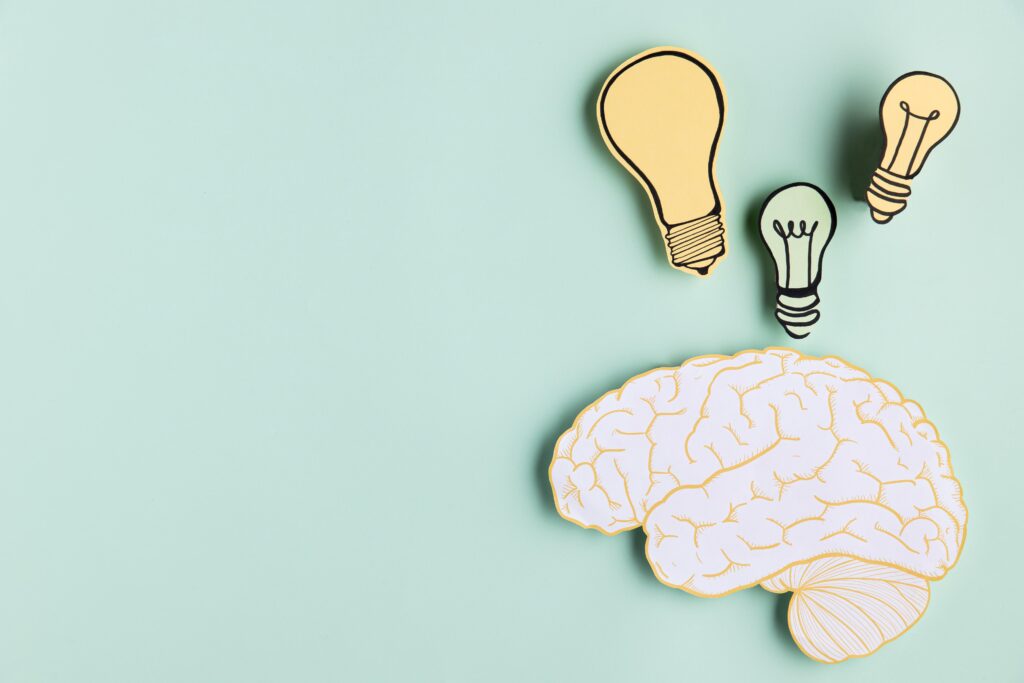Just like design psychology in UX, the knowledge and application of psychology are important in various fields. A person with some knowledge of psychology– if he applies it well– can excel more in a field than a person without it.
With knowledge of psychology, one can know how to relate better with human beings. The Oxford Dictionary defines Psychology as “the study of the human mind”, little wonder it can help people in their various career fields.
Design Psychology is the act of using psychology to make decisions regarding designs and how they will look. It uses psychology to approach the designs a designer makes for his users– whether UI Design, UX Design, or others.

In Design Psychology, the designer is empathetic and approaches design through the lens of the behavior of humans. Joe Leech once said, “A designer who doesn’t understand human psychologies is going to be no more successful than an architect who doesn’t understand physics”. This greatly proves that because it is humans that will be using the digital products that the designer makes, the designer has to understand how their minds work to connect with them and give them great products.
What Role Does Psychology Play in Design?
Design is supposed to be user-centered and not something general. For instance, what a UX designer creates for children, should not be the same thing that he designs for adults; what he designs for students should not be the same thing he creates for lecturers, etc. What does this tell? It tells that beyond just designing, the designer has the job of understanding his target users.
It would be an eyesore for a designer to create for youths, something that old people would relate better to. That is not a good design. No matter how beautiful and well-made a design is, if it does not connect with the target users and meet their needs, it has failed. This is where psychology comes in.
In his book, ‘The Design of Everyday Things, Donald Norman defined design as “an act of communication”. Communication without understanding is no communication at all; this is why the designer has to understand the people he is designing for. An absence of that would mean no communication, and by extension, no design. It doesn’t stop at just understanding your users: you have to deeply understand them.

With the proper level of understanding in place, your users feel more connected. So, if, for instance, there is a Call to Action (CTA) in your design, they are more likely to take that action. Conversely, if they do not feel connected, they may not even get to the CTA part before dumping your design. Indeed, psychology in design is not to be joked with.
This takes us further into the role of research. Research is highly important in understanding your customers. It is through research that you can properly apply psychology to your design. The only way you can really know and understand your target users is through researching them. This takes time and effort– which explains why some designers neglect the psychology part of the design– but it is worth the effort put into it.
Some designers are also scared of the term “Psychology” and see it as a very complex thing, so they do not even think of applying it to their designs. However, the truth is that just a knowledge of the basic principles of psychology in the area of design will do. You do not need a BS.c, Master’s, or Ph.D. in Psychology to properly apply it when designing.
Note: Study the Psychology of Colors.
What Is UI Design Psychology?
The User Interface of your design has the power to either keep or send your users away. The way your design is presented is a determinant of the kind of reception it gets.
Understanding the basic principles of psychology in design will help you know how to properly present your design. You have to understand your customers to know what they will like to see and what they won’t.
As a UI Designer, you have to know the Psychology of Colors, for instance. The main idea behind the Psychology of Colors is that colors play a huge role in the way users perceive things. So in your design, the kind of colors you use would determine if your design is successful or not. It is left to you to properly study the Psychology of Colors and know how to use colors correctly (while still bringing your creative ideas) in your design. Not only are the colors going to make your design beautiful, but they also give meaning to your design (in design, colors are associated with meanings).
What Is UX Design Psychology?
UX Design Psychology has to do with understanding the behaviors of the potential users of your product, and aligning your design with their human behaviors so that you can solve their problems. By understanding their behaviors as a UX Designer, you know how to design your product in such a way that it gives them a great user experience.
If you do not understand them, you would neither be empathetic nor detailed enough to meet their needs with your design. With knowledge of psychology, you come to their level, and so, there is a connection with them. The result is that the User Experience that a particular group of users need, is what they will get. In UX Design Psychology, things like Usability, Accessibility, Navigation, and Readability, are put into great consideration when designing. Is it easy for your users to use, access, navigate, and read your design? If not, you have to fix it.
A great UX Designer will not just create a design in abstract but will make sure that what he is designing connects with the target users and meets their needs.

Conclusion
As with many other fields like Copywriting, Education, etc., Psychology is highly recommended for the success of designs. Understanding your target users will give you more advantage over somebody else who does not understand his target users.
As a designer, you have to take research seriously to understand how your users think, what they really want, as well as terms like the Psychology of Colors. These will help you avoid creating mediocre designs, but excellent and relevant ones.
Yes, it is one thing for a design to be beautiful, it is another thing for it to be relevant to your users. Understanding psychology in design will see to it that your design is both beautiful and relevant.



